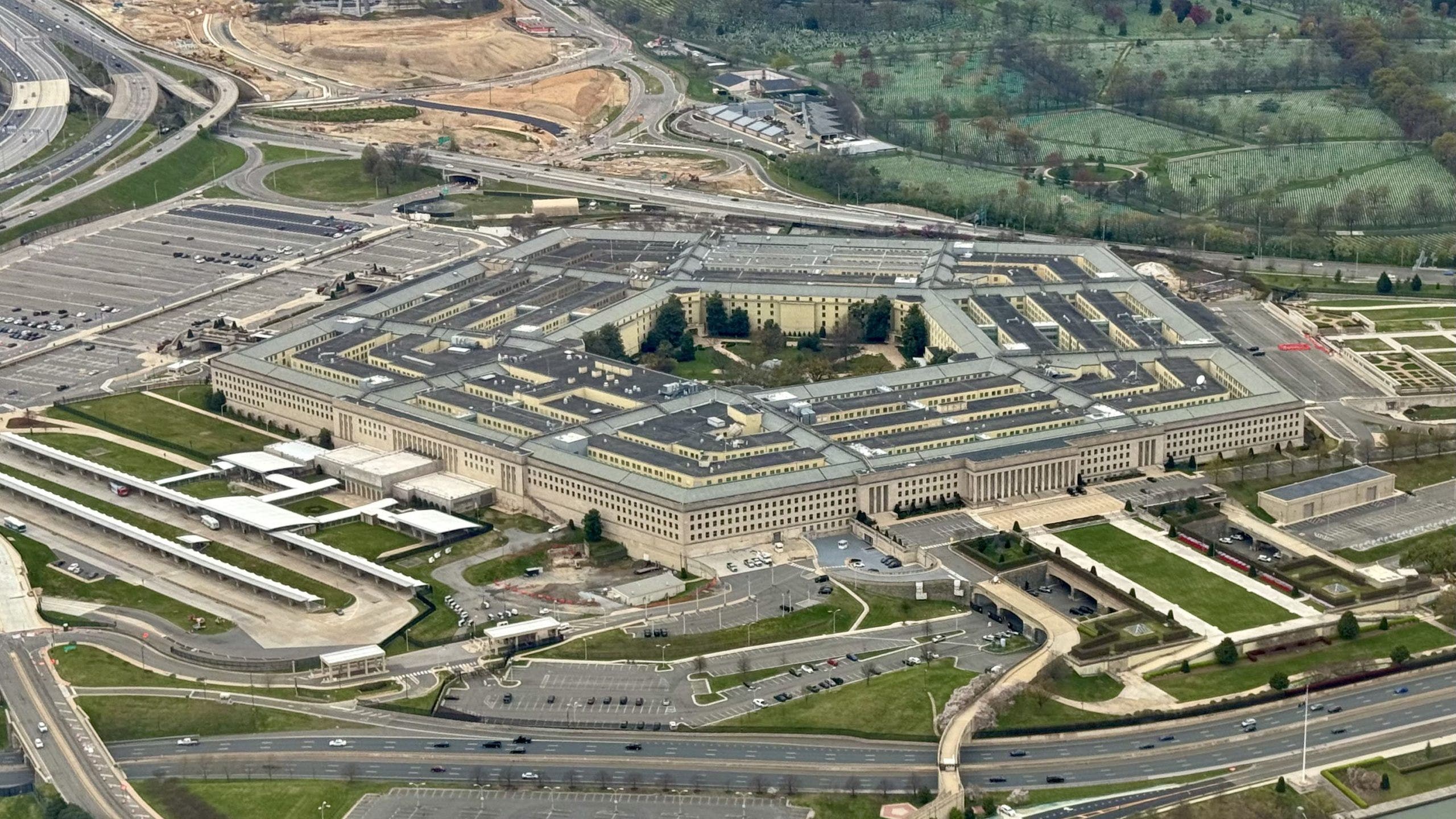A Mysterious Drone Fleet Stuns the Pentagon
In a perplexing incident that unfolded late last year, a fleet of unidentified drones infiltrated restricted airspace over Langley Air Force Base in Virginia, raising significant concerns within the U.S. military and intelligence communities. This unusual occurrence lasted for 17 consecutive nights in December, leaving officials puzzled and prompting high-level discussions at the White House.
The Incursion Begins
Reports of the drone sightings began to surface as military personnel at Langley Air Force Base observed the unmanned aircraft entering restricted airspace. According to a report by the Wall Street Journal, the drones typically appeared about 45 minutes to an hour after sunset. U.S. Air Force General Mark Kelly, along with other officers responsible for overseeing advanced fighter jets, witnessed the first drone, which he described as approximately 20 feet long, flying at speeds exceeding 100 miles per hour and altitudes between 3,000 and 4,000 feet.
As the nights progressed, the sightings escalated, with as many as a dozen drones observed flying across Chesapeake Bay. Their trajectory took them toward Norfolk, Virginia, which is home to Naval Station Norfolk—the largest naval port in the world—and the base for the elite Navy SEAL Team Six.
The Pentagon’s Response
The mysterious drone fleet’s presence did not go unnoticed at the highest levels of government. Reports reached President Biden, leading to a series of urgent meetings at the White House involving key players from the Defense Department, the FBI, and even the Pentagon’s UFO office. These discussions, which spanned two weeks, aimed to unravel the mystery behind the drones and assess potential threats to national security.
Despite extensive investigations, officials were unable to determine whether the drones were operated by hobbyists or foreign adversaries, such as China or Russia. The ambiguity surrounding the incident has only heightened concerns about the security of U.S. military installations and the potential implications of drone technology in modern warfare.
Previous Incidents and Ongoing Concerns
This incident at Langley Air Force Base is not an isolated event. Just two months prior, five drones were reported to have breached restricted airspace over a sensitive nuclear weapons experiment site in Nevada. Four of these drones were detected by the Energy Department’s Nevada National Security Site, while the fifth was spotted by personnel on-site. In response to these breaches, the facility has since upgraded its detection systems, yet the identity of the operators remains unknown.
The increasing frequency of such drone incursions raises critical questions about airspace security and the capabilities of existing defense systems. As drone technology becomes more accessible and sophisticated, the potential for misuse by both individuals and state actors poses a significant challenge for national security agencies.
The Broader Implications
The implications of these drone sightings extend beyond immediate security concerns. They highlight the evolving landscape of aerial surveillance and reconnaissance, where unmanned systems can operate with relative anonymity. The ability of drones to infiltrate sensitive areas without detection underscores the need for enhanced monitoring and response strategies.
As military and intelligence agencies grapple with these challenges, the incident at Langley Air Force Base serves as a stark reminder of the vulnerabilities that exist in the current security framework. The ongoing investigation into the drone fleet’s origins and intentions will likely shape future policies regarding airspace management and drone regulation.
Conclusion
While the mystery of the drone fleet remains unsolved, the incident has sparked a renewed focus on the intersection of technology and national security. As authorities continue to investigate, the need for robust measures to safeguard restricted airspace has never been more critical. The evolving nature of drone technology will undoubtedly play a pivotal role in shaping the future of military operations and defense strategies in the United States.
